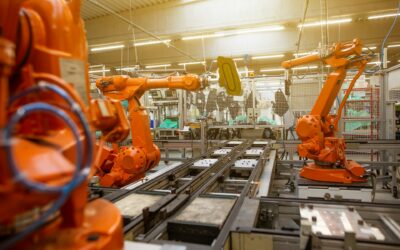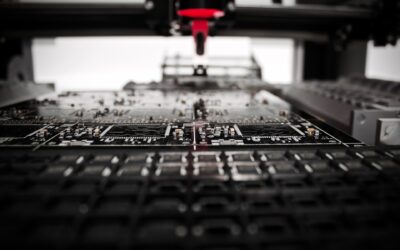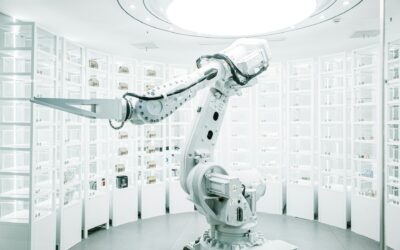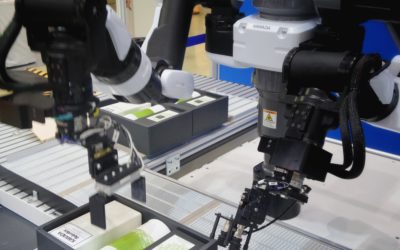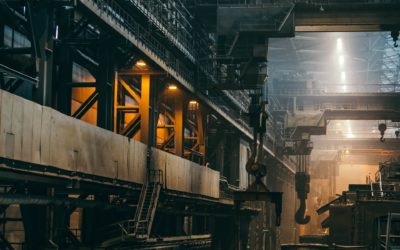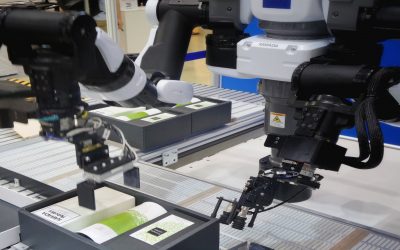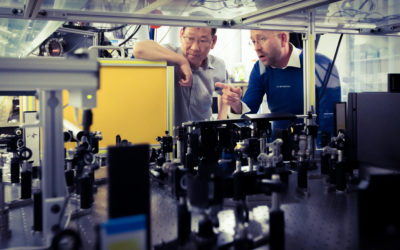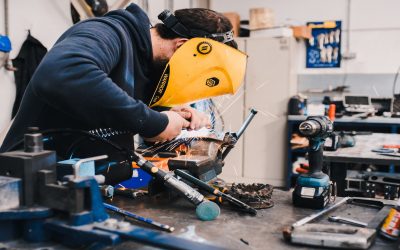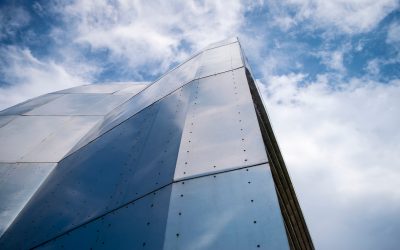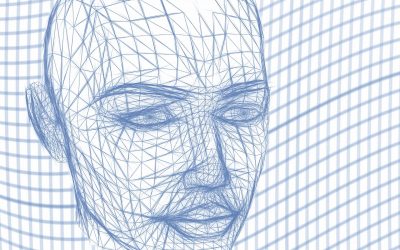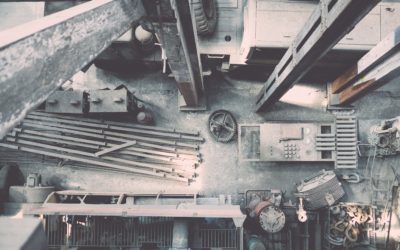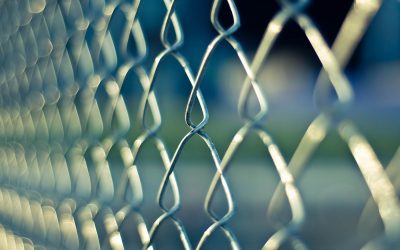CARTIF Projects
LIXIV-IA
AI and big data based solutions for the optimisation of autonomous plants used for leachate treatment
Description
LIXIV_IA propone el desarrollo de soluciones basadas en inteligencia artificial (IA) y big data para la optimización de la operación de plantas autónomas contenerizadas usadas en el tratamiento de Lixiviados procedentes de diferentes orígenes (residuos sólidos urbanos y aguas residuales).
Objectives
-
- Improve the digitalisation of the plant through the implementation of new sensors (e.g. pH for inlet correction) and improvement of data acquisition systems.
- Develop new data processing techniques to obtain patterns that enable optimisation of the key leachate processes (evaporation-condensation 1 and direct osmosis).
- Determination of indicators and KPIs (Key Performance Indicators) to evaluate the performance of the plant in relation to the improvements made.
- Develop models based on artificial intelligence techniques of the most important modules of the installation.
Validate the tools developed in an autonomous leachate treatment plant.
Actions
- Collaboration on monitoring requirements.
- Collaboration in the definition of the logging architecture.
- Generation of state of the art AI tools appropriate for Leachate issues.
- Configuration of the OPC-based acquisition platform. Definition of the database structure on the client company’s server. Quality assurance of online data logging in the different initial experiments.
- Processing of data capture and creation of data visualisation tool from proprietary tool. Transfer of knowledge to the company on the process of configuration and registration of data from the plant based on OPC on database structure and updating of the data visualisation tool.
Expected Results
- Exploratory data analysis of the relevant data for the plant’s key equipment (EC1 and Osmosis). Generation of models of different nature (statistical, time series, input/output) to relate the variables affected in the key equipment of the plant.
- Correlation of key variables with the different leachate qualities based on laboratory analytical information provided by the company. Updating of the visualisation tool to ensure the updating of relevant analytics for data exploitation (box-plot, two-by-two correlations and time series).
- Update of the data models to collect the laboratory analytics in the visualisation interface.
- Definition of the experimentation to be carried out together with the company to undertake modelling processes based on step input response analysis.
- Theoretical optimisation of the key elements of the plant based on the models generated in WP3. Updating of the models based on the results of the experimental validation of the optimisation by the client.
R&D Line
- Desarrollo de sistemas de aquisición y monitorización de datos y creación de modelos basados en técnicas de inteligencia artificial para la optimización de procesos.
Client

R&D CDTI Projects


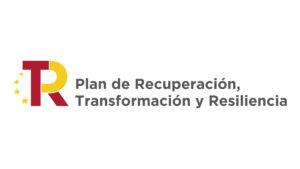
Total Budget: 224,422€
Duration: 01/01/2023 – 31/12/2024
Responsible
Clemente Cárdenas
Industrial and Digital Systems Division
Networking
Industrial Solutions Projects:
Incorporation of new equipment and processes to improve the advance digital manufacturing laboratory
Acquisition of advanced technological elements to enhance rapid prototyping services, as well as to support specific developments in the challenging processes of creating objects that are not available on the market or are costly to produce in limited quantities.
HUMAIN
HUMAIN focuses on industrial research and the creation of synergies in two use cases of complex production processes: Vertical enabling technologies and boosting these technologies by using AI, IIoT and machine vision.
STARCONNEXION
StarConnexion aims to lay the scientific and technological foundations for the application of Artificial Intelligence in quality management in long steel mills based on all possible variables that affect the final quality of the product.
Damperdoor
DAMPERDOOR looks to develop a competitive system and of high benefits for sliding doors in furniture sector. These features aim for a self-controlled closure, independent of the excessive force that a user may bring to the closing action, thus avoiding shocks and with the ability to complete the travel to a full and accurate closure.
5R
The 5R Network, Cervera network in Robotic technologies for intelligent manufacturing, has as its mission to establish a collaborative network, equipped with the necessary technology, tools and infrastructures to act as a driving force for the development and introduction of new robotic technologies in the industrial fabric.
REVAMP
The main objective is to develop, adapt and apply new technologies to improve the efficiency in the use of raw materials and energy of processes that take place on metallurgy industries.
AGROVIS
“Intelligent Visual Computing for products/processes in the agri-food sector” is an industrial research project framed in the field of computer vision (digital enabler of Industry 4.0) associated with the agrifood sector.
Intrusión-G4
The Intrusion-G4 project seeks new technologies to overcome the challenge of increasing the degree of security of the intrusion detection sensors currently available on the market.
TRREX
The TRREX project (Extended Range Robot Enabling Technologies for the Flexible Factory) investigates and develops technologies that contribute to the deployment of mobile industrial robots for the factories of the future. These systems will increase the flexibility of the plants and allow the optimization of industrial processes, improving their productivity.
NUMASTA
NUMASTA allows the development of a new generation of FRP sandwich panels for its application in the wastewater treatment sector. The distinguishing characteristic is presented in its core, based on a polyurethane foam, manufactured using formulations designed “à la carte” through a manufacturing process in a single stage where the curing process of the leathers and the foaming of the core take place in a synchronous
I-visart
i-Visart, “New artificial vision methodologies for the visual inspection of highly reflective and textured surfaces”.
It is an industrial research project framed in the field of computer vision (digital enabler of industry 4.0) associated with the industrial sector.
HABITAT-RA
CARTIF, has designed and developed a new module based on AR for smart glasses based on the recognition of QR markers to launch the experiences of AR, particularized for three technological pilots: Risk identification, Management of machine maintenance and Machine status monitoring
PUMAN
A new intelligent system has been developed for manual assembly positions in the industry. This system aims to minimize assembly errors by operators by validating operations, providing information and guiding the operator in real time through a man-machine interface based on Augmented Reality
DISCOBOLO
Nowadays in hot and cold lamination of “long” elements only the detection of punctual defects are made, not longitudinal defects. Therefore, the technological leap and the differentiating key of future products is to detect both, punctual and longitudinal defects on the production of flat steel in the rolling process, either the cold or hot process.
MARCA
MARCA provides the maintenance operator with tools that facilitate access to content, communications and technologies necessary for the guidance, support and registration of maintenance work. It is based on technologies of augmented reality, mobility and communication, as well as a knowledge base for incident management.
INCEPTION
INCEPTION develops new methods and tools for automated 3D modelling and analysis of European cultural assets proposing advancements on hardware and software, as well as new approaches for Cultural Heritage 3D data inclusive access and exploitation by means of the so called INCEPTION-Platform.
MODINTECO
The aim of MODINTECO project is to develop prototypes of Automatic Tool Changers for milling machines, modular and adaptable, intelligent and autonomous, universal..
CALYPSO
The purpose of the CALYPSO project is that the inspection process can be enriched by automatic pattern recognition techniques.
